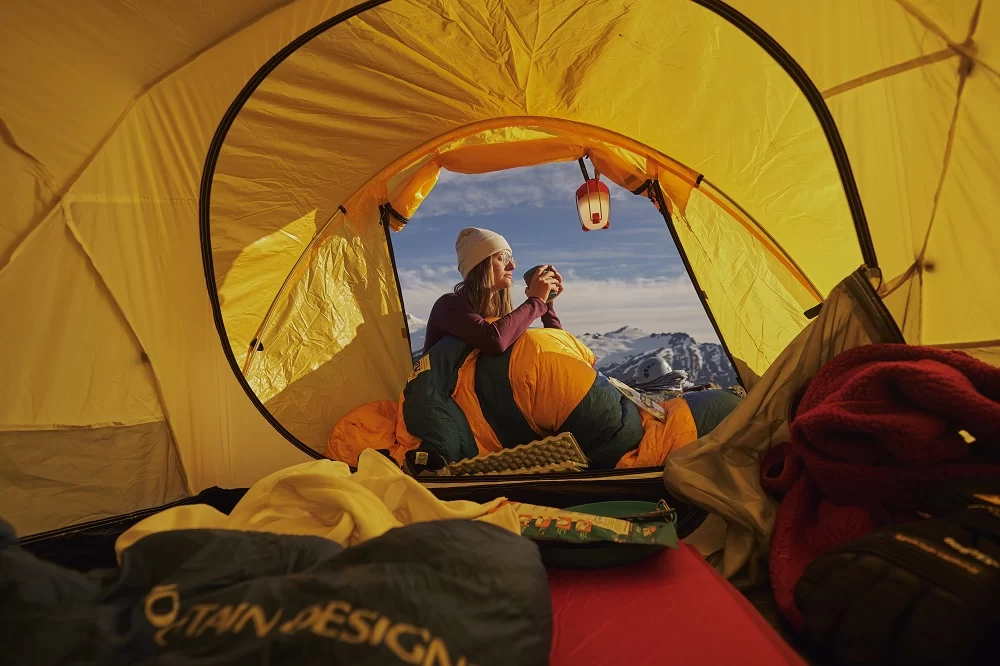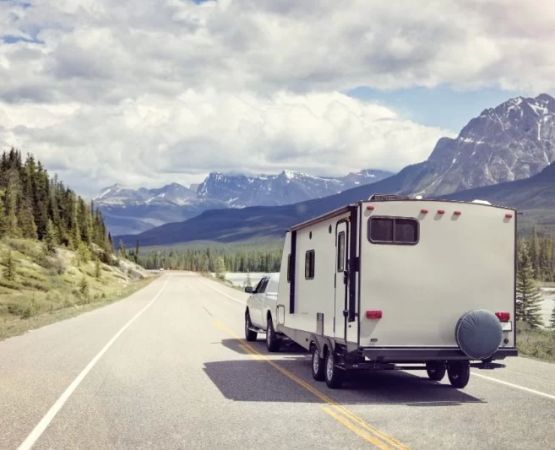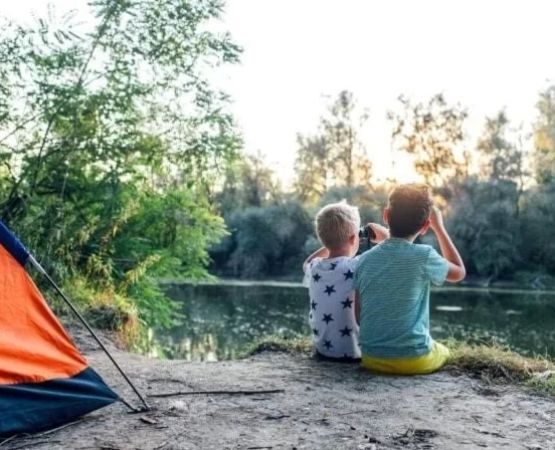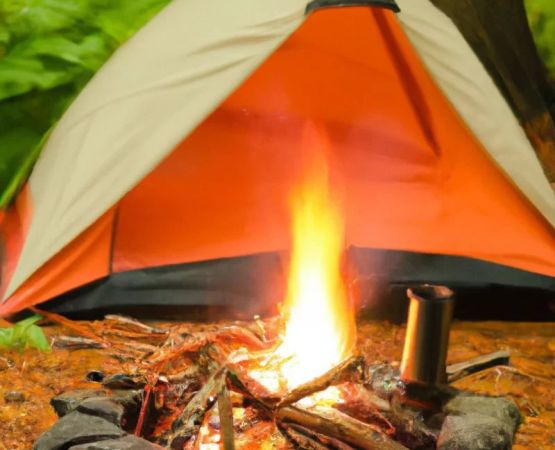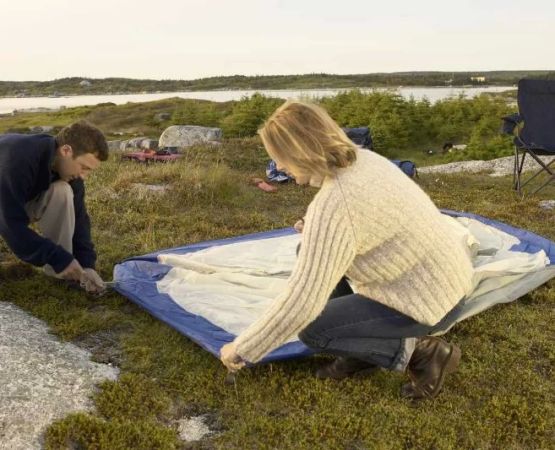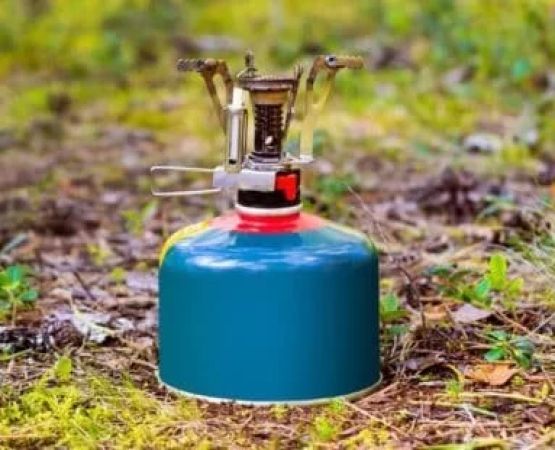How to Stay Warm While Camping in the Cold: Essential Tips for Winter Adventures
- 1. The Importance of Preparation for Cold Weather Camping
- 2. What to Wear: Essential Cold Weather Clothing
- 3. How to Choose the Right Campsite
- 4. Heating Techniques to Stay Warm at Night
- 5. Real-Life Experience: How One Solo Traveler Stayed Warm
- 6. Ready for Your Next Winter Camping Adventure?
1. The Importance of Preparation for Cold Weather Camping
Camping in cold weather can be a magical experience, but it requires careful preparation to stay warm and comfortable. Unlike summer camping, where mild temperatures make it easier to cope, winter camping presents unique challenges. The key to staying warm while camping in the cold is preparation. This means selecting the right gear, understanding the terrain, and knowing how to manage your body heat.
Whether you're heading into the mountains for a snowy getaway or camping in a colder part of the world, your preparation will be the deciding factor between an enjoyable winter adventure and a miserable one.
2. What to Wear: Essential Cold Weather Clothing
One of the most critical factors in staying warm while camping in the cold is layering your clothing. The right clothes can trap body heat and protect you from freezing temperatures. Here's how to dress for success:
- Base Layer: Start with moisture-wicking fabrics to keep sweat away from your skin. Merino wool or synthetic materials are great options.
- Mid Layer: This layer provides insulation. Fleece or down jackets work well to trap warmth. In extremely cold weather, consider a thick fleece or a down-filled jacket.
- Outer Layer: Your outer layer should be windproof and waterproof to protect you from the elements. Look for high-quality shells or jackets that can shield you from snow, rain, and wind.
- Head, Hands, and Feet: Don't forget about extremities. A warm hat, insulated gloves, and thick wool socks will help prevent heat loss from your head, hands, and feet.
Investing in high-quality, insulated gear is essential when camping in cold weather. It’s better to spend a little more on durable, reliable clothing than to struggle with cheaper alternatives that may not hold up in freezing conditions.
3. How to Choose the Right Campsite
Where you set up camp plays a significant role in staying warm. In cold weather, selecting the right campsite is crucial. Here’s what you should consider:
- Choose a sheltered location: Avoid open areas where wind can reach you. Opt for sites that are protected by natural features such as trees, hills, or rock formations.
- Look for a flat surface: A flat spot for your tent will help you stay comfortable and prevent your sleeping bag from shifting. Avoid areas that may collect water if it rains or snows.
- Elevate your tent: If you’re in deep snow, elevate your tent slightly to prevent moisture from seeping in. A raised sleeping pad can also help insulate you from the cold ground.
By choosing the right campsite, you can significantly reduce your exposure to the elements, allowing you to stay warm and dry throughout the night.
4. Heating Techniques to Stay Warm at Night
While clothing and campsite selection are essential for staying warm, having the right techniques to generate heat during the night can make all the difference. Here are some proven methods:
- Use a sleeping bag rated for cold temperatures: Make sure your sleeping bag is appropriate for the temperatures you’ll encounter. A sleeping bag rated for at least 10-15°F colder than expected temperatures is ideal.
- Invest in a sleeping pad: Insulated sleeping pads help keep the cold ground from drawing warmth away from your body. They’re a must-have for cold weather camping.
- Hot water bottles or hand warmers: Fill a durable water bottle with hot water and place it in your sleeping bag to create warmth. Alternatively, hand warmers can be placed in gloves or socks for extra heat.
- Portable heaters (use with caution): Some campers use portable propane heaters to stay warm. However, be sure to follow all safety instructions and only use them in well-ventilated areas to avoid carbon monoxide poisoning.
Using a combination of these techniques will help ensure you stay warm while camping in the cold, especially when the temperatures dip after dark.
5. Real-Life Experience: How One Solo Traveler Stayed Warm
John, a solo traveler from the UK, decided to embark on a winter camping trip in the Canadian Rockies. The temperature dipped below freezing at night, and snow covered the ground. He recalls how critical preparation was for his comfort. “I invested in a high-quality sleeping bag rated for -20°C, and I made sure my tent was well-protected by setting it up in a sheltered area. My secret to staying warm was layering my clothes properly and using a hot water bottle in my sleeping bag at night. I even brought along an insulated sleeping pad to keep the cold from creeping in through the ground.”
John’s experience highlights the importance of having the right equipment and techniques. His success came from ensuring his clothing and campsite were suited to extreme temperatures, and he made sure to implement smart heating strategies.
6. Ready for Your Next Winter Camping Adventure?
If the idea of winter camping excites you, it’s time to start planning your adventure. Whether you're exploring snow-capped peaks or camping in a frozen forest, staying warm while camping in the cold is entirely possible with the right preparation. Check out Pine Cliff Resort for expert advice on cold weather camping and to book your next adventure in a winter wonderland.
Want to learn more about winter camping? Click here to explore more tips and recommendations for your cold weather adventure!

